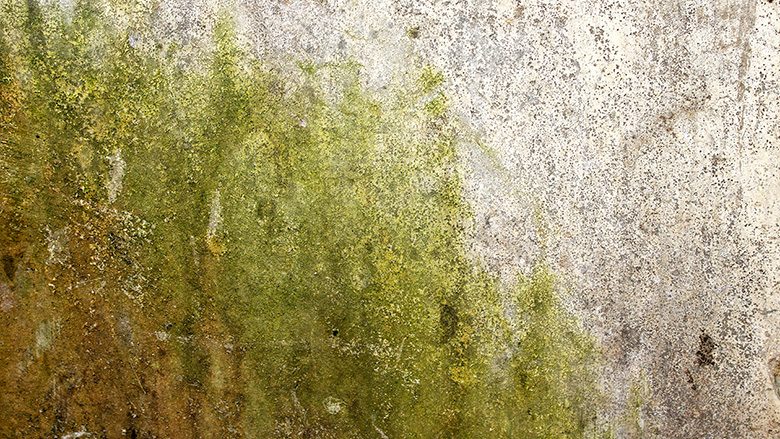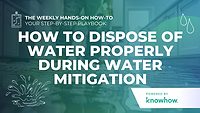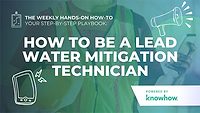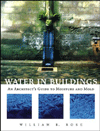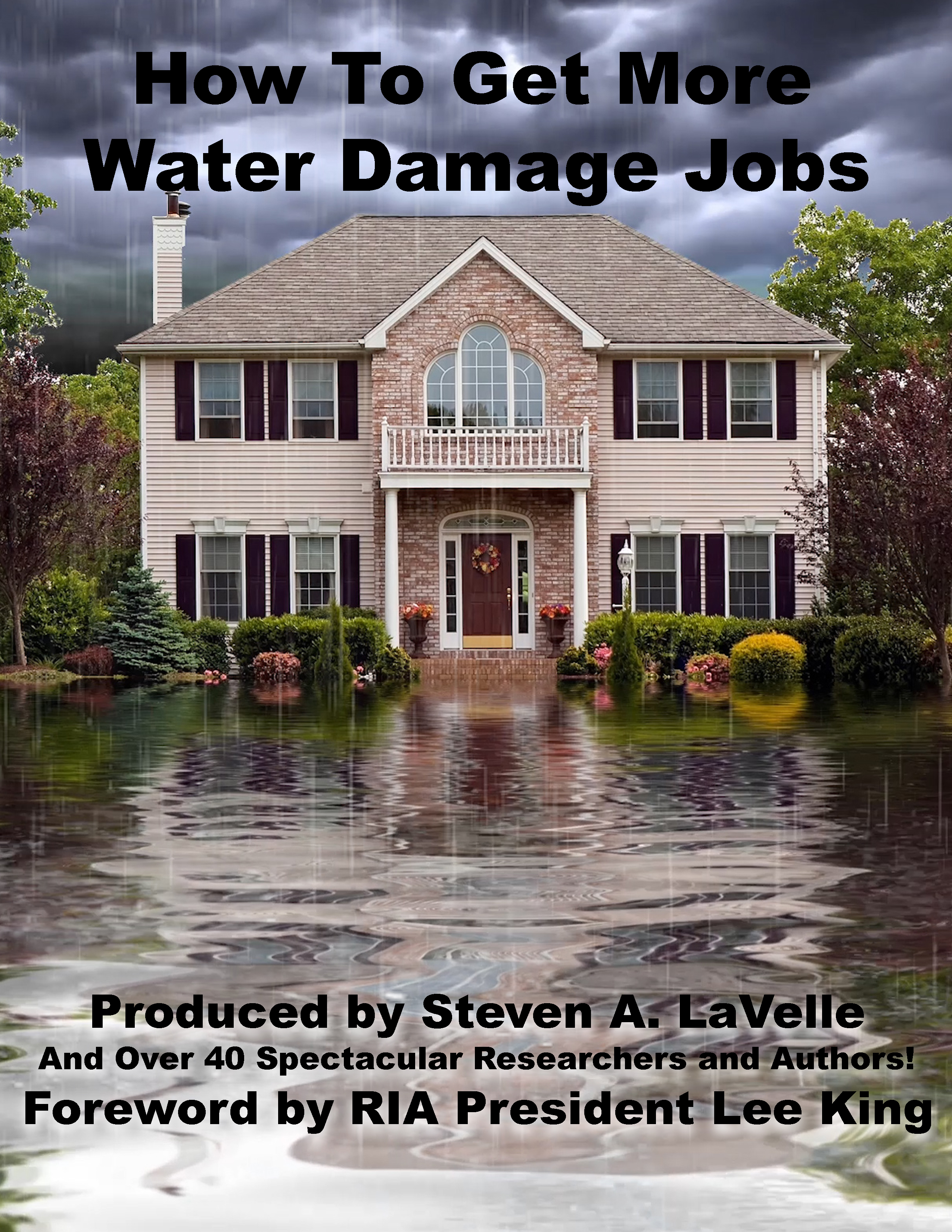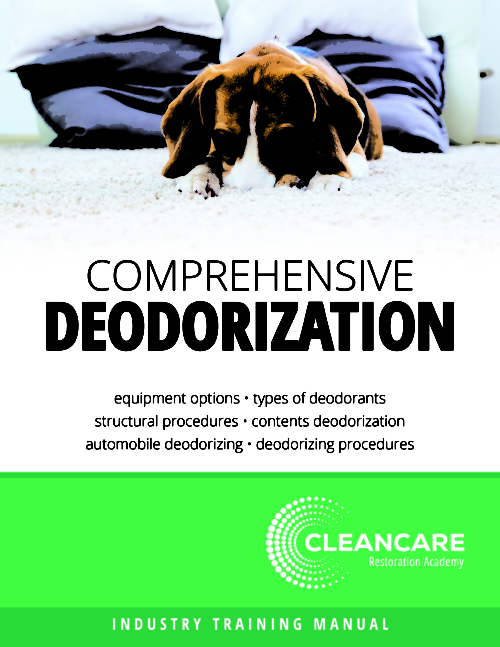Weekly Hands-on How-To powered by KnowHow
How to Take Moisture Readings for Water Mitigation

“Measure twice; cut once" isn't just a saying for carpenters. As restorers, getting accurate moisture readings is essential to making sure every water mitigation job is done right the first time. If you miss even one hidden pocket of moisture, you risk getting a callback from a client because mold has resurfaced weeks down the road. This situation causes lots of headaches, potentially damages your company’s reputation, and leads to costly rework.
To prevent callbacks, this weekly how-to, powered by KnowHow, will walk you through the essential steps for taking precise moisture readings. From choosing the right meter to setting accurate drying goals, we'll help you ensure that your work is thorough, reliable, and trusted by clients.
So, let’s make like a penetrating moisture meter and get into this one!
Note: This Weekly Hands-On How-To was based on this template in KnowHow’s template library.
Step 1: Choose the Best Meter for the Material
Selecting the appropriate moisture meter is vital. Penetrating meters, which use pins or probes, are generally more reliable but can damage materials. Non-penetrating meters avoid damage but may not always be as accurate.
Use a penetrating meter for:
- Wood framing
- Carpet and pad
- Wood subfloor
- Batt insulation (in Category 1 water damage situations)
- Heavily saturated hardwood flooring (using a hammer probe)
Use a non-penetrating meter for:
- Drywall
- Plaster
- Vinyl
- Ceramic tile
- Concrete
- Cabinetry
- Minimally saturated hardwood flooring
Step 2: Establish the Drying Standard (AKA Drying Goal, Equilibrium Moisture Content, or EMC)
Determine the materials affected by water damage and find an unaffected area of the same material elsewhere in the home. Measure the moisture content in this unaffected area to set your drying goal. This goal, or Equilibrium Moisture Content (EMC), is reached when the affected materials have the same moisture level as the unaffected materials.
Note: According to the IICRC S500 Standard, a reading within 4 points of the drying goal is considered within the margin of error and can be deemed dry.
Step 3: Check Moisture Levels with a Penetrating Moisture Meter
Insert the pins of the penetrating moisture meter fully into the affected material and record the reading. Check several points along the material to avoid outlier data. For walls, measure at various heights to see if water has wicked up.
Tips:
- Choose inconspicuous places for readings and inform the customer and adjuster about the need for repairs due to the pinholes.
- Always return to the same spots when monitoring progress.
- Use "points" instead of "percentage" to describe moisture readings. For example, "The affected walls are currently reading at 99 points. The unaffected drywall is at 14 points. We will consider it dry when it reaches 14 points."
Step 4: Check Levels with a Non-Penetrating Moisture Meter
Hold the sensor of the non-penetrating meter against the affected material and record the reading. Check multiple points along the material to avoid outlier data and measure at various heights on walls.
Tips:
- Be wary of false positives, especially where metal hides behind materials. Check a variety of areas to confirm readings.
- Concrete and ceramic tiles often show high moisture levels even when dry. To find true moisture, scan a large portion and look for inconsistently higher moisture areas.
Drying it Out with KnowHow
With this solid framework for taking accurate moisture readings, you can now confidently ensure that every water mitigation job is thorough and reliable. Proper moisture readings will save you time in the long run, as they’re your best defense against future problems like mold resurfacing and client callbacks. By following these steps, you’re building trust and establishing a reputation for quality work.
Keeping up with all these steps, along with all the other processes in water damage mitigation, can be daunting. That’s where KnowHow comes in. KnowHow integrates all your SOPs and best practices into one central hub, accessible whether you’re on the job site or in the office. With instant, on-the-job support and comprehensive training materials at your fingertips, KnowHow ensures your team can handle any situation with confidence and efficiency.
For more tools and resources to elevate your restoration projects, visit tryknowhow.com and discover how KnowHow can streamline your workflow and enhance your team's performance.
Looking for a reprint of this article?
From high-res PDFs to custom plaques, order your copy today!


